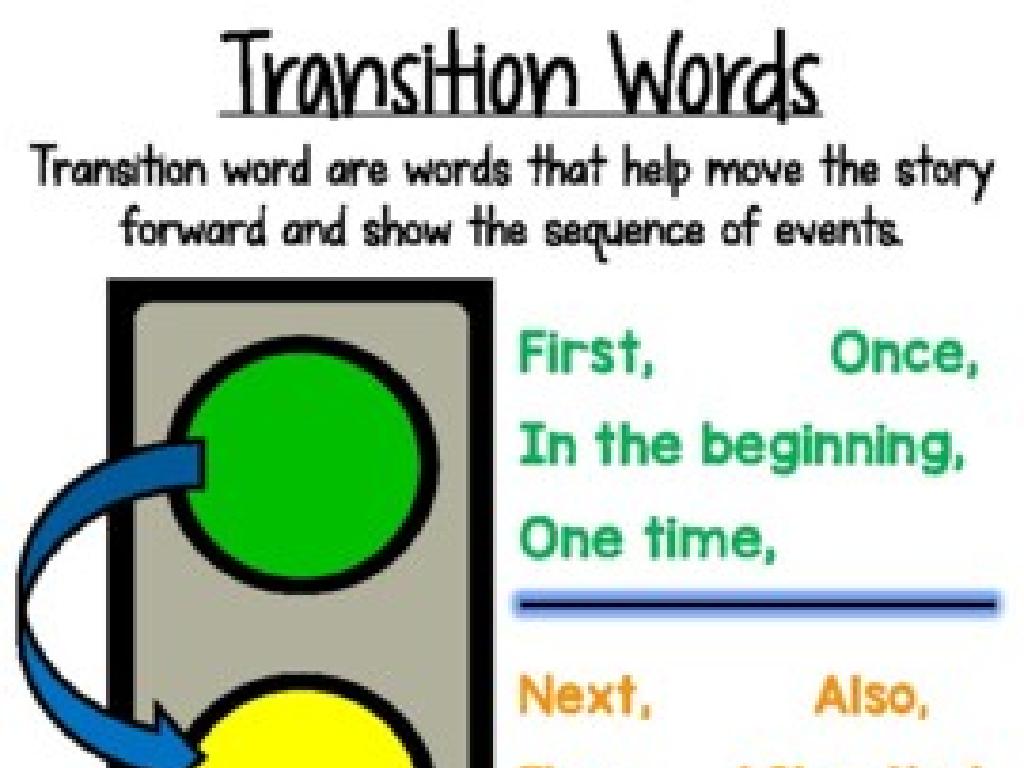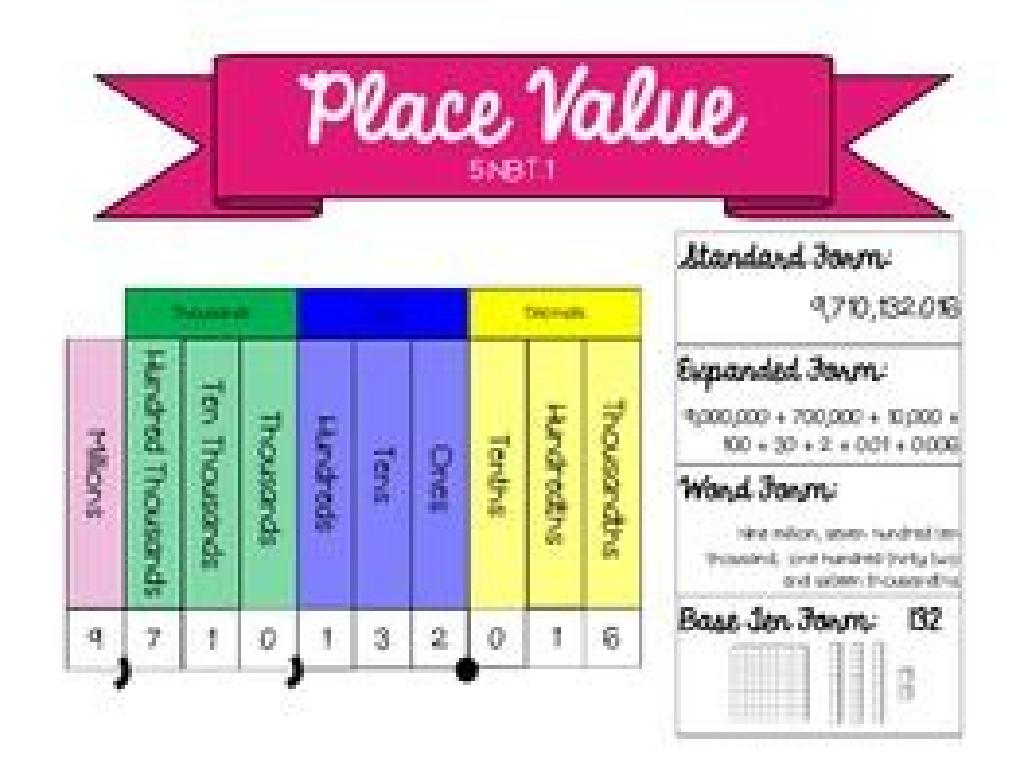Add And Subtract With Three-Digit Numbers Vertically
Subject: Math
Grade: Second grade
Topic: Mixed Operations: Three Digits
Please LOG IN to download the presentation. Access is available to registered users only.
View More Content
Welcome to Mixed Operations!
– Learn to add three-digit numbers
– Stack numbers vertically and add each column
– Learn to subtract three-digit numbers
– Stack numbers, subtract each column starting from the right
– Solve problems with three digits
– Use addition or subtraction to find answers
– Become math detectives
|
Today’s lesson introduces second graders to the concept of adding and subtracting three-digit numbers. Start by explaining how to line up the numbers vertically, ensuring that the ones, tens, and hundreds places match. Demonstrate addition by combining the numbers column by column, starting from the right. For subtraction, remind them to start from the right as well, borrowing from the next column if necessary. Provide several examples and encourage students to think like ‘math detectives’ as they solve each problem, looking for clues in the numbers to decide whether to add or subtract. Prepare a few simple problems for them to try on their own or in small groups to reinforce the lesson.
Understanding Three-Digit Numbers
– What are three-digit numbers?
– Building numbers with place values
– Hundreds, tens, and ones make up three-digit numbers
– Practice with number blocks
– Use blocks to represent 100s, 10s, and 1s
– Show 123 using blocks
– Example: 1 hundred block, 2 ten blocks, 3 one blocks
|
This slide introduces students to the concept of three-digit numbers and the place value system. Begin by explaining that three-digit numbers range from 100 to 999 and consist of hundreds, tens, and ones. Use visual aids like number blocks to demonstrate how to build a number by combining these place values. For the practice activity, guide students to represent the number 123 using number blocks, reinforcing the concept of place values. Encourage students to use hands-on materials to build different three-digit numbers, enhancing their understanding through tactile learning. This foundational knowledge is crucial for their ability to add and subtract three-digit numbers vertically.
Adding Three-Digit Numbers Vertically
– Line up numbers by place value
– Ensure each digit is in the correct column: ones, tens, hundreds
– Add ones, then tens, then hundreds
– Start adding from the rightmost column to the left
– Example: 123 + 456
– 123 + 456 becomes 579 after we add each column correctly
|
This slide introduces students to the concept of adding three-digit numbers using vertical alignment. Emphasize the importance of lining up the digits by their place values to avoid confusion. Begin with the ones place, move to the tens, and then to the hundreds, ensuring that students carry over any extra value to the next column on the left. Use the example provided to walk through the process step by step, and encourage students to practice with additional problems. Provide guidance on carrying over numbers when the sum exceeds 9 in any given column. This foundational skill will help students with more complex addition problems in the future.
Understanding Carrying Over in Addition
– Adding numbers over 9
– When two numbers add up to 10 or more, we carry over.
– ‘Carry over’ to next place value
– We write the extra amount in the next column.
– Example: 156 + 175
– 1 (carried) + 5 + 7 = 13, write 3, carry 1 over to hundreds.
|
This slide introduces the concept of carrying over in addition when the sum of the numbers in a column is greater than 9. Start by explaining that each column in a vertical addition problem can only have one digit, from 0 to 9. If the sum in a column is 10 or more, we need to ‘carry over’ the extra to the next column on the left. Use the example 156 + 175 to show this process step by step. Add the ones place first, then the tens, carrying over as necessary, and finally the hundreds. Emphasize that carrying over helps us keep track of place value and ensures our addition is correct. Practice with more examples and encourage students to try on their own.
Subtracting Three-Digit Numbers
– Line up numbers by place value
– Subtract ones, then tens, then hundreds
– Example: 432 – 216
– Start with 2 from 2 (ones), 1 from 3 (tens), 2 from 4 (hundreds)
– Check subtraction by adding
– After subtracting, add 216 to 216 to verify the answer is 432
|
This slide introduces students to the concept of subtracting three-digit numbers with vertical alignment. Emphasize the importance of lining up the digits according to their place values (ones, tens, hundreds) before starting the subtraction. Walk through the example provided by subtracting each place value starting from the ones column to the hundreds. After completing the subtraction, demonstrate how to check the work by adding the subtracted number to the result to see if it matches the original number. Encourage students to practice with different numbers and to always check their work.
Understanding Borrowing in Subtraction
– What to do when the top number is smaller
– Learn how to ‘borrow’ from the next column
– If the top digit is smaller, we take 1 from the next left column
– Example: Subtracting 402 and 183
– 402 – 183: Borrow 1 from the tens to make 12-8
– Practice with similar subtraction problems
– Try 514 – 236 and 623 – 157 on your own
|
This slide introduces the concept of borrowing in subtraction when dealing with three-digit numbers. It’s crucial to explain that borrowing allows us to ‘take’ from the next place value to make subtraction possible. Use the example 402 – 183 to illustrate the process step by step. Show how to change the number 402 into 3 hundreds, 9 tens, and 12 ones to subtract successfully. Encourage students to practice with additional problems and ensure they understand the concept of borrowing before moving on to more complex subtraction.
Mixed Practice: Adding & Subtracting
– Solve addition and subtraction
– Line up the numbers vertically
– Make sure digits are under each other
– Check your work carefully
– Look for errors in carrying and borrowing
– Example: 345 + 278 – 123
– Add 345 and 278, then subtract 123 from the sum
|
This slide is aimed at helping students practice mixed operations with three-digit numbers. Start by reminding them to line up the numbers by place value, ensuring that ones, tens, and hundreds are in the correct columns. Emphasize the importance of checking their work for any mistakes in carrying (for addition) or borrowing (for subtraction). Use the example provided to walk through the steps of adding the first two numbers and then subtracting the third number from the result. Encourage students to verbalize each step as they perform it to reinforce their understanding. After explaining, give students a set of similar problems to solve on their own, reminding them to use the same systematic approach.
Class Activity: Math Relay!
– Teams solve mixed problems
– One step per team member
– Pass it on to the next
– First team to finish wins
|
This activity is designed to encourage teamwork and reinforce the concept of adding and subtracting three-digit numbers vertically. Divide the class into small teams, and provide each team with a set of mixed operation problems involving three-digit numbers. Each student in the team is responsible for solving one step of the problem before passing it on to the next team member. This relay continues until the entire problem is solved. The first team to solve their problem correctly earns a point. To ensure a comprehensive understanding, prepare problems of varying difficulty and include both addition and subtraction. Monitor the teams to ensure that each member is participating and to provide guidance if needed. This activity not only makes learning fun but also promotes collaborative problem-solving skills.
Great Work on Three-Digit Numbers!
– Congratulations on learning addition!
– Keep practicing subtraction at home
– Practice makes perfect
– The more you practice, the better you’ll get!
– Exciting new operations next class!
– Get ready for more math adventures soon.
|
This slide is meant to congratulate the students on their hard work and encourage them to continue practicing at home. Emphasize the importance of regular practice to improve their skills in adding and subtracting three-digit numbers. Let them know that their efforts are appreciated and that they are well on their way to becoming math wizards. Give them a positive outlook on future lessons by hinting at the introduction of new and fun math operations. Provide suggestions for practice activities they can do at home, such as playing math games or solving puzzles that involve three-digit numbers.





